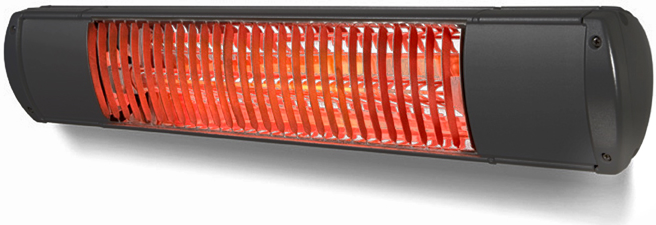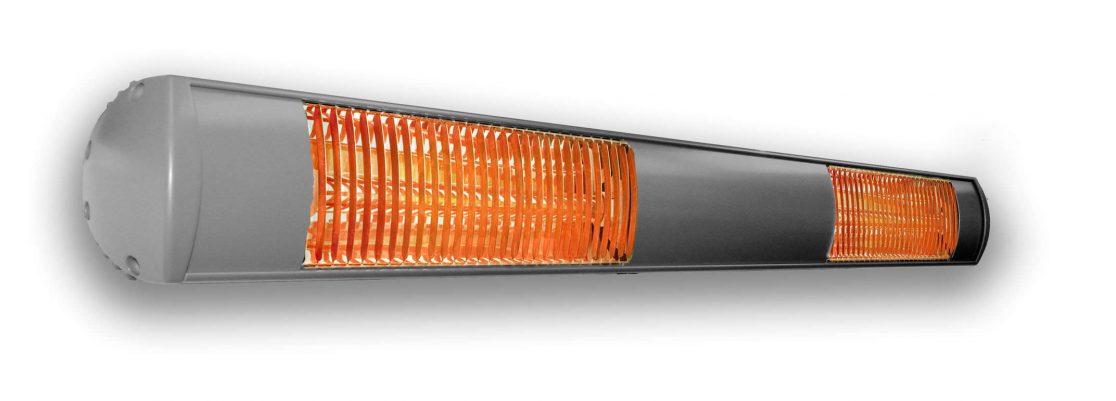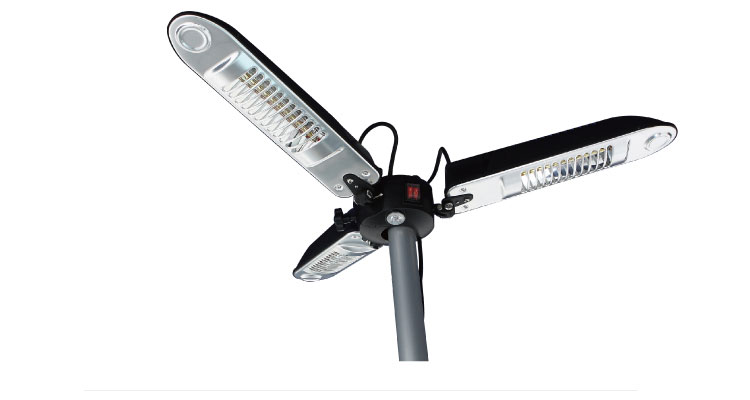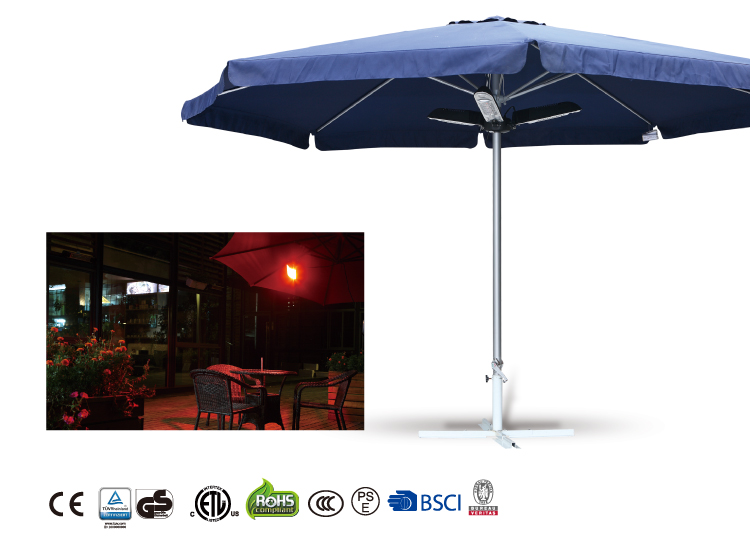Infrared Heating
German-British astronomer Sir William Herschel is credited with the discovery of infrared in 1800. He made an instrument called a spectrometer to measure the magnitude of radiant power at different wavelengths. This instrument was made from three pieces. The first was a prism to catch the sunlight and direct and disperse the colors down onto a table, the second was a small panel of cardboard with a slit wide enough for only a single color to pass through it and finally, three mercury-in-glass thermometers. Through his experiment Herschel found that red light had the highest degree of temperature change in the light spectrum, however, infrared heating was not commonly used until World War II. During World War II infrared heating became more widely used and recognized. The main applications were in the metal finishing fields, particularly in the curing and drying of paints and lacquers on military equipment. Banks of lamp bulbs were used very successfully but by today’s standards, the power intensities were very low. The technique offered much faster drying times than the fuel convection ovens of the time. Production bottlenecks were mitigated and military supplies to the armed forces were maintained. After World War II the adoption of infrared heating techniques continued but on a much slower basis. In the mid 1950s the motor vehicle industry began to show interest in the capabilities of infrared for paint curing and a number of production line infrared tunnels came into use.





